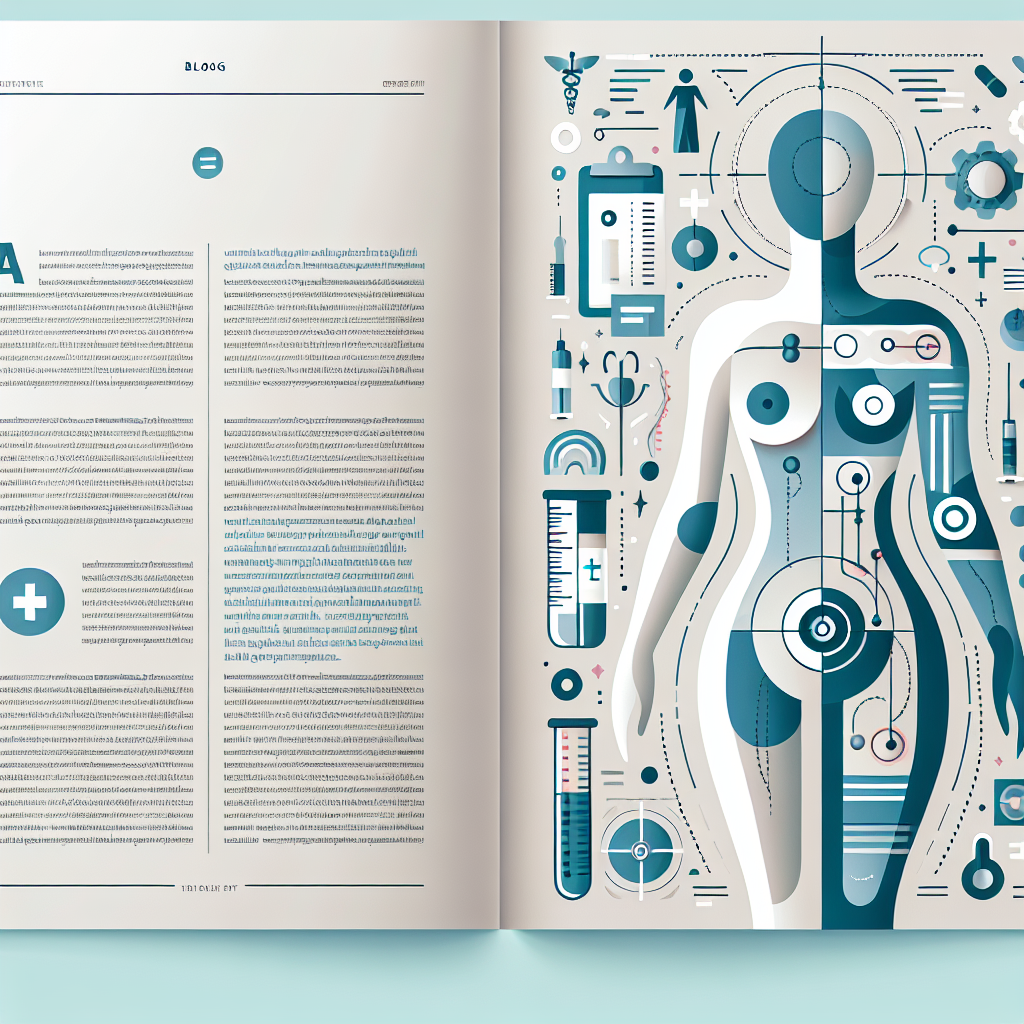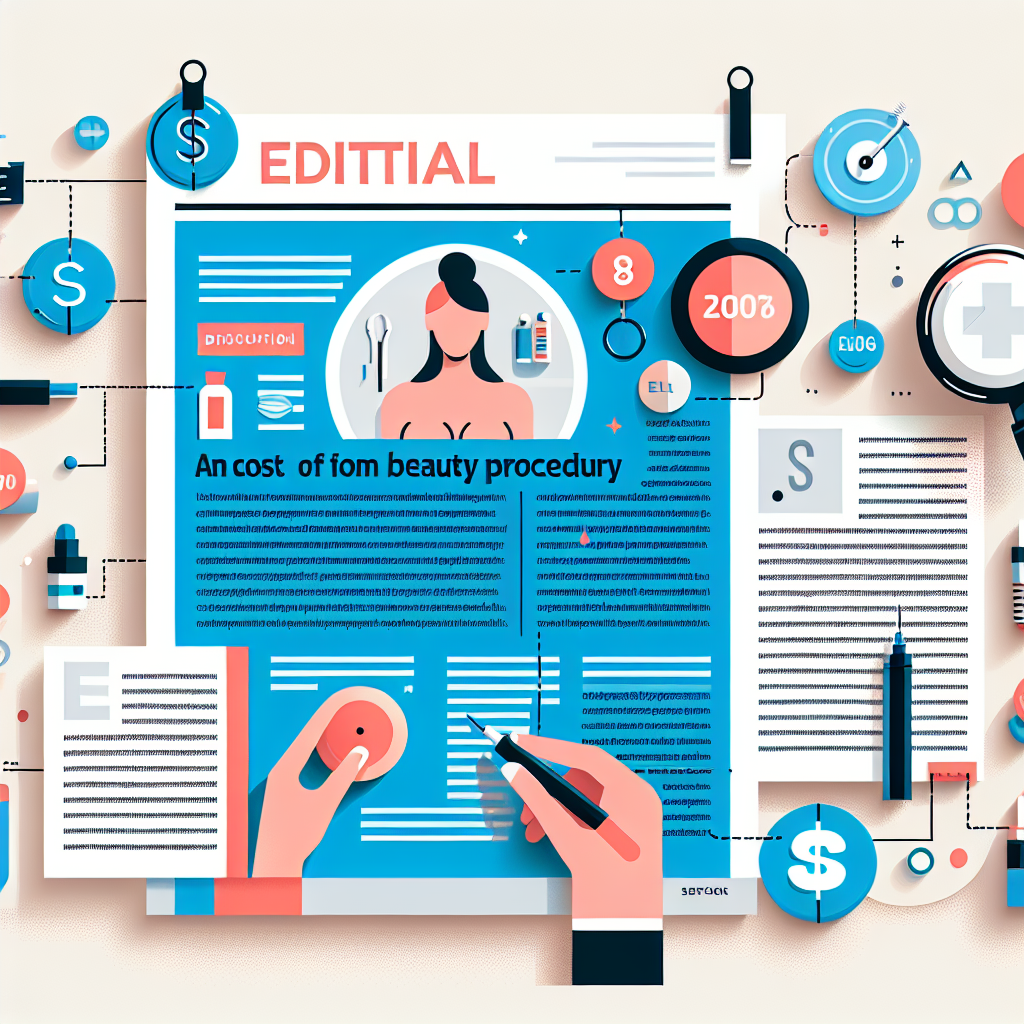Understanding tummy tuck and fat transfer cost can help you plan for a combined cosmetic procedure that reshapes the abdomen while using your own fat to enhance contours elsewhere. This guide walks through typical price ranges, what drives expense, and practical tips for budgeting — including lesser-known items like anesthesia fees, drain care, and follow-up visits.
Understanding tummy tuck and fat transfer costs
A combined abdominoplasty with fat grafting is more complex than either procedure alone, so total pricing varies. Factors include the surgeon’s experience, geographic location, facility type (hospital vs. accredited surgical center), anesthesia choice, and how much liposuction and fat processing are required. For general background on abdominoplasty techniques and indications, see the Abdominoplasty overview on Wikipedia.
Typical price ranges and what’s included
- Surgeon’s fee: This is often the largest single line item. Highly experienced board-certified plastic surgeons charge more, but that can correlate with outcomes and safety.
- Facility and anesthesia fees: Accredited operating rooms and board-certified anesthesiologists add to the cost but improve safety and comfort.
- Liposuction and fat processing: Fees for harvesting and purifying fat for transfer affect the belly fat injection price and overall estimate.
- Post-op garments, prescriptions, and follow-ups: Some practices bundle these; others bill separately.
What affects the belly fat injection price?
Belly fat injection price depends on the volume of fat extracted and the destinations for grafting (buttock, breasts, or facial areas). More grafted sites and larger volume require longer operating time and more complex handling. Clinics that include specialized fat-processing systems or stem-cell–safe handling may charge a premium. Keep in mind that not all transferred fat survives long-term; revision sessions can add to lifetime cost.
How reverse abdominoplasty cost compares
Reverse abdominoplasty cost differs because the incision and tissue movement focus on the upper abdomen rather than the lower. It may be chosen for patients with upper abdominal laxity or after weight loss. Because techniques and dissection planes differ, prices can be higher or lower depending on complexity, scar management, and whether liposuction or fat transfer is combined.
Estimating total budget: sample scenarios
Costs vary widely by region and practice, but sample estimates can be helpful. A local board-certified surgeon’s fee might range from moderate to high; combined procedures typically fall into a higher tier. Expect to factor in facility/anesthesia fees and postoperative care. Talk with multiple surgeons to get itemized quotes that clearly separate surgeon, facility, anesthesia, implants (if any), and ancillary charges.
Insurance, financing, and realistic expectations
Cosmetic tummy tuck and fat transfer procedures are usually elective and not covered by health insurance. If functional issues (like a large hernia or separation of abdominal muscles causing pain) exist, part of the surgery might be covered — verify with your insurer. Many practices offer medical financing or payment plans to spread costs. Ask about refund policies for revision or complication care and whether revisions are discounted.
Choosing a surgeon and avoiding surprises
Choose a board-certified plastic surgeon with documented experience in both abdominoplasty and fat grafting. Review before-and-after galleries, ask how they handle fat processing and graft survival, and request an itemized quote. Be clear about follow-up care, expected recovery timeline, and additional expenses such as compression garments or scar treatment. A thorough consultation reduces unexpected costs and improves outcomes.
Recovery costs and hidden fees
Recovery can bring its own expenses: prescription medications, special garments, time off work, and potential home-care assistance. Know the expected downtime and plan financially for at least several weeks of reduced activity. If complications like seroma or infection occur, prompt treatment may add to expense but is essential for safety.
For those exploring fat transfer beyond the abdomen, our article on fat transfer for breast augmentation covers cost expectations and recovery; see the related resource on fat transfer breast augmentation cost and what to expect for a deeper comparison: fat transfer breast augmentation cost and expectations.
- Takeaways:
- Combined procedures cost more due to added complexity and OR time.
- Ask for itemized quotes to compare surgeon, facility, and anesthesia fees.
- Belly fat injection price varies with volume and number of graft sites.
- Reverse abdominoplasty cost can differ based on incision site and technical demands.
- Plan for recovery expenses and consider financing if needed.
FAQ: Is financing available for cosmetic abdominoplasty and fat grafting?
Yes. Many plastic surgery practices partner with medical financing companies that let you spread payments over months or years. Compare interest rates, terms, and whether the practice requires a down payment. Always read the fine print before committing.
FAQ: How long does fat transfer last after a tummy tuck?
Fat graft survival varies; a percentage of injected fat typically reabsorbs over the first few months. Stable, long-term volume is often achieved after three to six months. Your surgeon may plan for touch-ups if additional volume is desired.
FAQ: Can insurance cover any of the cost?
Insurance coverage is uncommon for cosmetic procedures. If the abdominoplasty addresses a medical issue (e.g., hernia repair or functional impairment), part of the cost may be covered. Always verify with your insurer and get documentation from your surgeon explaining the medical necessity.






